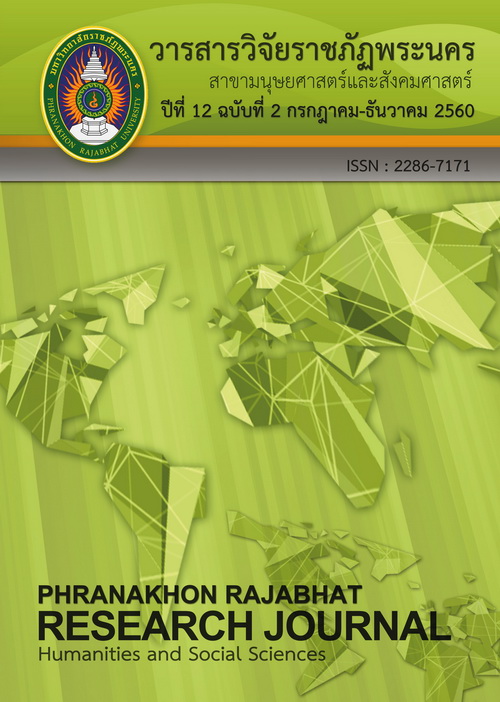ECO-CULTURAL TOURISM LANDSCAPE AS A CONCEPT OF TOURISM PRACTICES IN BALI
Main Article Content
Abstract
This paper is aimed to reinterpret the ritual of Perang Ketupat based on practical consciousness into reflective consciousness to preserve agricultural tradition. This consciousness could be created by deconstructing the pragmatic materialistic perspective by promoting local knowledge perspective which had been realized in harmony among human, nature, and God (Tri Hita Karana Philosophy). This research applied a descriptive qualitative method and glocalization concept to comprehend tourism practice in Kapal Village.
The research shows that the local people at Kapal Village interpret this ritual as practical consciousness without knowing the function and the meaning of the ritual. It means that ritual is only performed annually as a routine tradition. Therefore, reflective consciousness needs to be nurtured through constructing the community`s awareness of this ritual as a tourist attraction, so that they can get the economic benefit. In other words, tourism becomes a melting-pot producing space of the triple sections among nature, culture and tourism which is called Eco-Cultural Tourism Landscape (ECTL).
The research shows that the local people at Kapal Village interpret this ritual as practical consciousness without knowing the function and the meaning of the ritual. It means that ritual is only performed annually as a routine tradition. Therefore, reflective consciousness needs to be nurtured through constructing the community`s awareness of this ritual as a tourist attraction, so that they can get the economic benefit. In other words, tourism becomes a melting-pot producing space of the triple sections among nature, culture and tourism which is called Eco-Cultural Tourism Landscape (ECTL).
Article Details
How to Cite
Sendra, I. M. (2017). ECO-CULTURAL TOURISM LANDSCAPE AS A CONCEPT OF TOURISM PRACTICES IN BALI. Phranakhon Rajabhat Research Journal : Humanities and Social Sciences, 12(2), 46–59. retrieved from https://so05.tci-thaijo.org/index.php/PNRU_JHSS/article/view/83993
Section
บทความวิจัย (Research Article)
Each publish articles were copyright by Phranakorn Rajabhat University
Any contents which appeared in each articles in the journal were authors personal opinion. It did not relate to Phranakorn Rajabhat University and other instructors in the university. Each authors would take responsibility on their articles. If there are any mistake, the authors will take responsibility themselves
References
Bandem, A.A., Gede Raka, et.al. (2015). The Honour of Dedication in Tourism. Gianyar: Pemerintah Kabupaten
Gianyar.
Creese, H., Putra, D. & Nordholt S.H. (2006). A Century of Puputan Badung War: From Viewpoint of
The Dutch Government and Balinese Perspective. Denpasar: Pustaka Larasan.
Denzin, N.K. & Lincoln, Y.S. (2009). Hanbook of Qualitative Reseach. Yogyakarta: Pustaka Pelajar.
Khondker, H.H. (2004). Glocalization as Globalization: Evolution of Sociological Concept. Bangladesh
e-Journal of Sociology, 1(2), 4.
Kuper, A. & Kuper, J. (2000). The Encyclopedia of Social Sciences. Jakarta: PT Raja Grafindo Persada.
Peters J.H. & Wardana, W. (2010). Discovering The Spirit of Bali: Customary Village as Icon of Tri Hita Karana. Denpasar: Udayana University Press.
Picard, M. (2006). Bali: cultural Tourism and touristic culture. Jakarta: Kepustakaan Pupuler Gramedia.
Pitana, I Gde & Adi Putra, I Gde Setiawan.
(2013) Tourism as the vehicle for conserving Subak and Subak Culture becoming the basic capital in tourism.
Journal of Bali Studies, 3(2), 2013.
Sendra, I Made, et.al., (2016). The conservation of rice-field land based on the reinterpretation of ritual perang
ketupat as tourism attraction at Kapal Village Regency of Badung. (Research Report). Unpublished. Denpasar: Tour and Travel Industry Study Program, Faculty of Tourism Udayana University.
Sendra, I Made. (2016). The paradigm of Bali`s tourism in Era 1930: The Genealogy study of cultural Tourism.
Journal of Bali Studies, 6(2), 97-124.
The Department of Revenue of Badung. (2016). The profile of government tourism office of Badung Regency.
Badung: Dinas Pariwisata Kabupaten Badung.
Windia, Wayan & Wiguna, Wayan Alit Artha. (2013). Subak: the world heritage. Denpasar: Udayana University Press.
Windia, Wayan. (2013). Strengthen Subak culture through empowering the farmer. Journal of Bali Studies, 3(2).
Yamashita, S. (2013). The Balinese Subak as World Cultural Heritage: In the Context of Tourism. Journal of Bali
Studies, 3(2).
Gianyar.
Creese, H., Putra, D. & Nordholt S.H. (2006). A Century of Puputan Badung War: From Viewpoint of
The Dutch Government and Balinese Perspective. Denpasar: Pustaka Larasan.
Denzin, N.K. & Lincoln, Y.S. (2009). Hanbook of Qualitative Reseach. Yogyakarta: Pustaka Pelajar.
Khondker, H.H. (2004). Glocalization as Globalization: Evolution of Sociological Concept. Bangladesh
e-Journal of Sociology, 1(2), 4.
Kuper, A. & Kuper, J. (2000). The Encyclopedia of Social Sciences. Jakarta: PT Raja Grafindo Persada.
Peters J.H. & Wardana, W. (2010). Discovering The Spirit of Bali: Customary Village as Icon of Tri Hita Karana. Denpasar: Udayana University Press.
Picard, M. (2006). Bali: cultural Tourism and touristic culture. Jakarta: Kepustakaan Pupuler Gramedia.
Pitana, I Gde & Adi Putra, I Gde Setiawan.
(2013) Tourism as the vehicle for conserving Subak and Subak Culture becoming the basic capital in tourism.
Journal of Bali Studies, 3(2), 2013.
Sendra, I Made, et.al., (2016). The conservation of rice-field land based on the reinterpretation of ritual perang
ketupat as tourism attraction at Kapal Village Regency of Badung. (Research Report). Unpublished. Denpasar: Tour and Travel Industry Study Program, Faculty of Tourism Udayana University.
Sendra, I Made. (2016). The paradigm of Bali`s tourism in Era 1930: The Genealogy study of cultural Tourism.
Journal of Bali Studies, 6(2), 97-124.
The Department of Revenue of Badung. (2016). The profile of government tourism office of Badung Regency.
Badung: Dinas Pariwisata Kabupaten Badung.
Windia, Wayan & Wiguna, Wayan Alit Artha. (2013). Subak: the world heritage. Denpasar: Udayana University Press.
Windia, Wayan. (2013). Strengthen Subak culture through empowering the farmer. Journal of Bali Studies, 3(2).
Yamashita, S. (2013). The Balinese Subak as World Cultural Heritage: In the Context of Tourism. Journal of Bali
Studies, 3(2).


